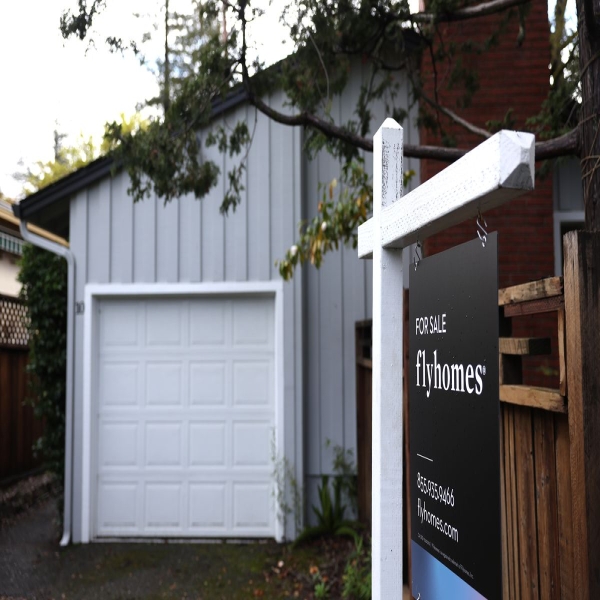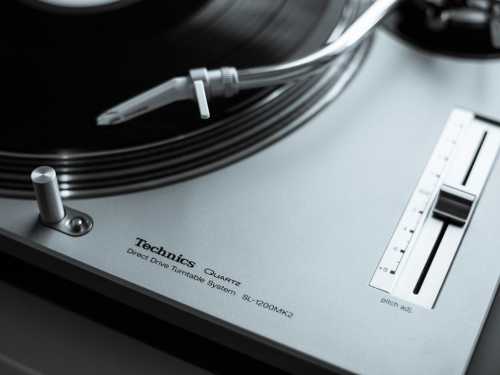It could have near-term impacts for buyers and sellers.

Li Zhou is a politics reporter at Vox, where she covers Congress and elections. Previously, she was a tech policy reporter at Politico and an editorial fellow at the Atlantic.
Mortgage rates hit a 21-year high this week, a milestone that makes home buying a much more expensive prospect for those who are interested in doing so. According to Freddie Mac, the rate for a 30-year fixed-rate mortgage has climbed to 7.09 percent, an uptick from the 5.13 percent it was at a year prior.
A mortgage rate is “the interest rate charged for a home loan,” and effectively the monthly cost of borrowing that money. As mortgage rates have gone up, monthly payments have gotten more and more pricey for people looking to purchase a home even if the base price of the house stays the same.
For example, under a 3.22 percent 30-year fixed mortgage rate in January 2022, the monthly payment on a $400,000 house in New York with a 20 percent down payment was $1,716, per a Bankrate calculator. Now, under a 7.09 percent mortgage rate in August 2023, the monthly payment on the same house with the same price would be $2,477.
Such costs have had an impact on the housing market: As mortgage rates have increased, some potential buyers have held off on purchasing houses, while sellers have similarly been less likely to list their property. For current homeowners, there’s a major incentive to wait until rates go down before deciding to re-enter the market and search for their next house.
“These higher mortgage costs are a tremendous barrier to entry for anyone wanting to enter the housing market,” Gregory Daco, the chief economist for Ernst & Young, tells Vox.
Here’s what you need to know about the higher mortgage rates and how they affect you, whether you’re looking to buy a home or sell one.
How did mortgage rates get so high?
One of the biggest factors in the rise in mortgage rates is the Fed’s approach to monetary policy, which includes interest rate hikes aimed at combating inflation. Typically, mortgage rates “track the yield on the 10-year Treasury note” and don’t directly reflect interest rate increases. An uptick in the interest rate, however, can affect Treasury yields.
Since March 2022, the Fed has raised interest rates a total of 11 times, going from a 0.0-0.25 percent range to a 5.25-5.5 percent range. These hikes can indirectly affect higher long-term mortgage rates because they make it pricier for banks to borrow money and those institutions shift those costs onto consumers by raising rates on loans, such as those for cars and mortgages. In this same timeframe, the 30-year fixed mortgage rate has gone from 4.45 percent to 7.09 percent.
“The main factor behind the rise of the mortgage rates is that the Fed has gone through this historic tightening cycle,” says Daco. Inflation, the size of the national debt, and other fiscal policy decisions have also contributed to upward pressure on mortgage rates, he notes.
In an apparent trade-off for the pain many consumers may feel when it comes to higher loan payments, the Fed’s efforts have helped lower inflation. Some experts now predict that the US has higher chances of a “soft landing” — or a state of low inflation that also avoids a recession — versus the more aggressive economic downturn that many had once feared. A July CPI report found that inflation was at the lowest level it’s been in months, coming in at 3 percent year-over-year, compared to the 9.1 percent level it was at last June.
What does it mean for those who want to buy a home? What about those who want to sell?
Higher mortgage rates have made monthly payments on a house much pricier, even while a home’s base price may have stayed the same over the last year and a half. That has deterred some prospective homebuyers from purchasing for the time being. Per an April U.S. News and World Report survey, 66 percent of people interested in buying say they’re waiting until rates go down before they do so. “Some potential buyers have been priced out of the market,” says Kelton.
For people who are weighing a home purchase, the Wall Street Journal’s Veronica Dagher notes that it could be possible to refinance with a lower mortgage rate if they’re planning to remain in a house for more than five years. Additionally, she advises potentially reducing the price range of homes under consideration in order to account for the additional mortgage cost.
The higher mortgage rates have had an impact on sellers, too. It has meant that fewer people are listing their homes because they don’t want to enter a housing market with such high rates. About 80 percent of mortgage holders are currently locked in with rates less than 4.25 percent, Daco notes, and many of them may not want to deal with a new loan with worse terms.
“With all those individuals locked in at variable rates, the incentive to move or to purchase a second house is limited because of the additional cost,” he says.
As a result, there’s also less housing supply available: As the Associated Press reported, the number of housing sales is down 19 percent compared to the same time last year. The dearth of housing supply has also fueled predictions that home prices could climb this year.
How long might it take for interest rates to come back down?
Daco anticipates that there might be downward pressure on rates throughout 2024 as the Fed likely pauses its rate hikes. He notes, however, that the process is likely to take some time and won’t result in major declines immediately.
“It’s a gradual process. We’re not going back to 5 percent mortgage rates overnight,” he told Vox.
April 2002 — when the 30-year rate was at 7.13 percent — was the last time there were higher mortgage interest rates. A year later in April 2003, those rates had dipped to 5.79 percent. For context, the mortgage rates available during the pandemic were some of the lowest in recent memory, as Laura Grace Tarpley explained for Business Insider:
In the past couple of decades, it was pretty common to see 30-year rates in the 5% to 6% range. Pre-2000, rates were even higher, sometimes reaching double digits. During the pandemic, rates reached historic lows, at times dropping below 3%.
So for those looking to buy a home — or sell their current one — if you’re waiting for rates to come down, you may have to practice patience: It will take some time before we return to the record-low rates consumers were seeing in 2021.
Source: vox.com






